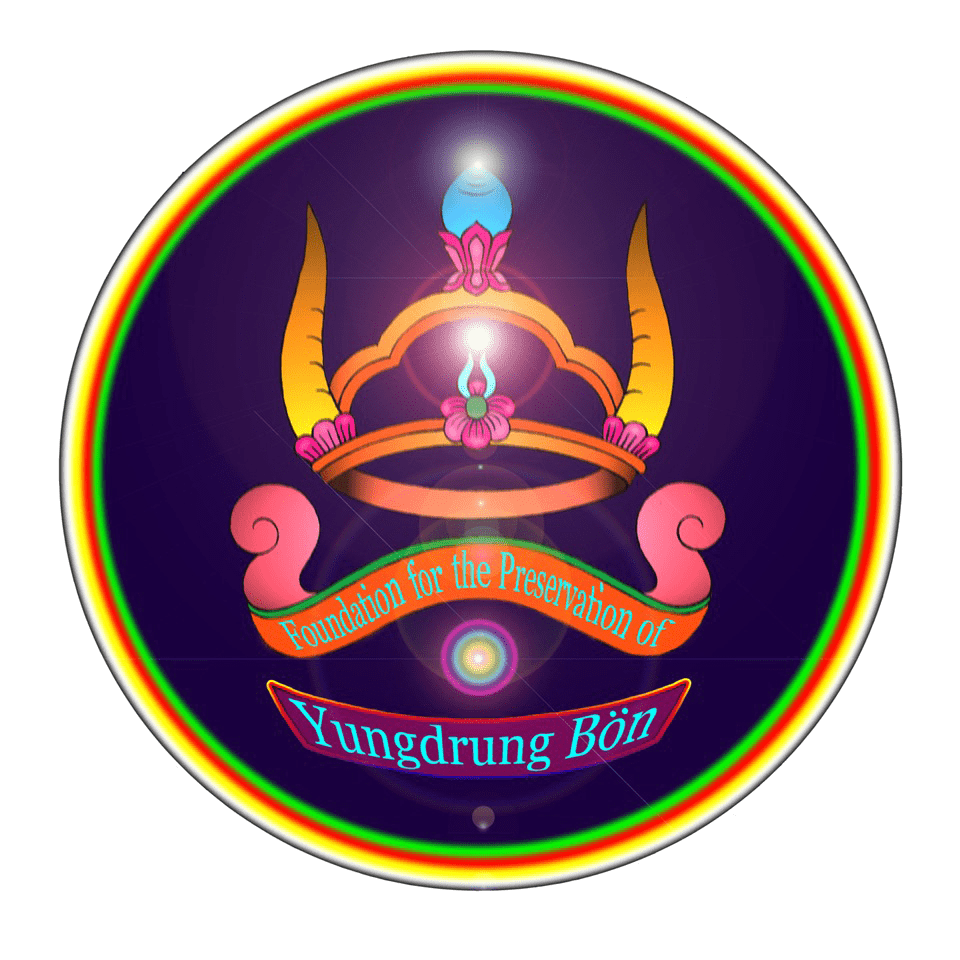New hypothesis about the location of Silver Castle of Garuda Valley (Khyunglung Ngulkhar)
FPYB is glad to announce a new article Historical annals show Gna’-shul Palace and Khyung-lung Dngul-mkhar (Silver Palace of Garuda Valley) in Central Zhang-zhung to be one and the same by Lama Tsultrim Phuntsok of Gurjam Gonpa (Translated from Tibetan by Pöntsang Phuntsok Namgyal and Dmitry Ermakov, edited with additional notes and Wylie transliteration by Dmitry Ermakov, English text edited by Carol Ermakova).
This article puts forward one of several views as to the whereabouts of the famed Khyunglung Ngulkhar royal palace of Zhang Zhung emperors and Kharag, the self-manifested stone image of Zhang Zhung Drenpa Namkha. The author introduces new arguments and clues from various Bönpo sources and archaeological research to pinpoint Khardong as the location of both sacred items. Khardong is situated near Gurjam Gonpa in Western Tibet in the region of Mt. Kailash known to Bönpos as Gang Tise.
Main topics to be discussed:
Zhang-zhung Khyung-lung Dngul-mkhar and ‘Om-po sgo-bzhi;
Ston-pa Gshen-rab;
erected castles;
Gna’-shul Palace;
stone statue of Dran-pa Nam-mkha’.
Abstract:
Zhang-zhung Khyung-lung Dngul-mkhar is one of the five palaces and six fortresses of Central Zhang-zhung among the many known to have existed in the glorious domain of the Zhang-zhung Empire. Of the one hundred and twenty-eight places most sacred to g.yung-drung bon, it is considered to be the jewel in the crown and is counted as principal among the thirty places where practitioners of Bon-po Tantra assembled. Although history books contain many different explanations, I put these aside for the sake of concision and so as not to veer off my main topic, which consists of four principal parts:
- Khyung-lung Dngul-mkhar was an erected palace;
- Explanation regarding the significance of Khyung-lung Dngul-mkhar and ‘Om-po sgo-bzhi;
- Explanation regarding how the activities of successive Bon-po masters helped preserve Khyung-lung Dngul-mkhar;
- Brief introductory discourse on the stone statue of Dran-pa Nam-mkha’.
